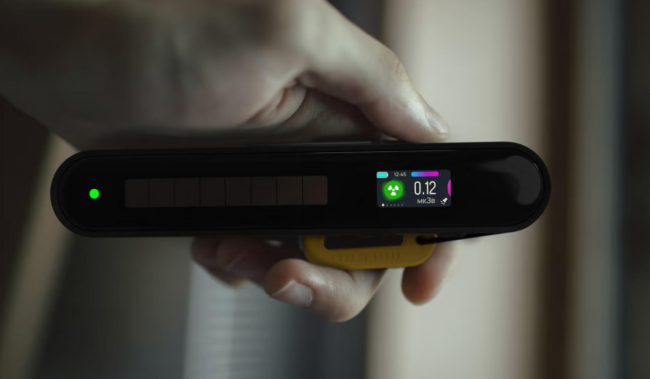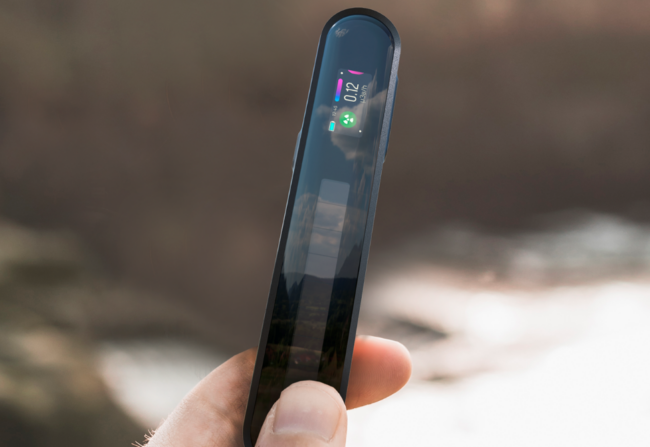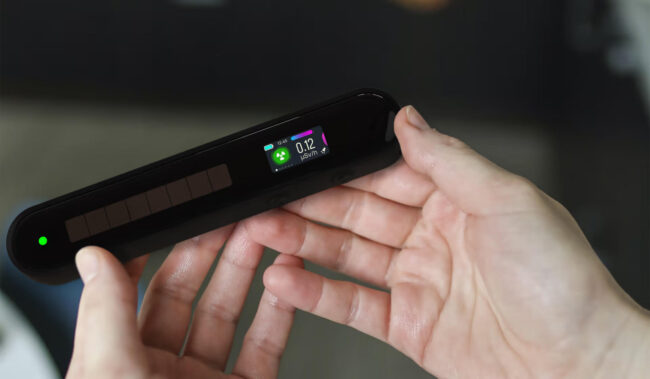In today’s world, where exposure to various forms of radiation is a common occurrence, it is essential to prioritize safety and protection.
One crucial tool in ensuring personal safety is a dosimeter. A dosimeter is a compact device that measures and monitors an individual’s exposure to ionizing radiation. In this article, we will explore what a dosimeter is, how it works, and who can benefit from its use.
Understanding Dosimeters

A dosimeter is a small, portable device, such as the ones developed by Milerd, that is worn or carried by individuals who work in environments where radiation exposure is a concern. It is designed to measure the absorbed dose of ionizing radiation and provide an accurate indication of the cumulative exposure over time.
Dosimeters, like those manufactured by Milerd, are commonly used in industries such as nuclear power plants, medical facilities, radiology departments, and industrial manufacturing sites where radiation sources are present.
Types of Dosimeters
There are various types of dosimeters available, each suited for different applications and radiation detection requirements. The most commonly used dosimeters include:
Thermoluminescent Dosimeters (TLD): TLD dosimeters use specially designed crystals that can store energy when exposed to radiation. The crystals release this stored energy as visible light when heated, and the intensity of the light emitted is proportional to the radiation dose received.
Optically Stimulated Luminescence Dosimeters (OSLD): OSLD dosimeters operate on a similar principle to TLD dosimeters. However, instead of using heat to stimulate the release of stored energy, OSLD dosimeters use light of a specific wavelength. This makes them more versatile and allows for multiple readings without the need for reheating.
Who Benefits from Dosimeter Use?

Radiation Workers: Individuals working in occupations that involve regular exposure to ionizing radiation, such as nuclear power plant operators, radiologists, and nuclear medicine technicians, benefit greatly from using dosimeters. By monitoring their radiation exposure, workers can take necessary precautions to limit their exposure and maintain a safe working environment.
Emergency Responders: Firefighters, police officers, and other emergency responders may encounter situations where radiation sources are present, such as during nuclear accidents or radiological incidents. Having dosimeters readily available allows them to assess their exposure levels and take appropriate actions to safeguard their health.
Medical Professionals: Medical professionals who routinely perform diagnostic imaging procedures, such as X-rays, CT scans, and fluoroscopy, can use dosimeters to track their radiation exposure over time. This information helps in optimizing safety protocols and ensuring that exposure remains within acceptable limits.
Conclusion

Dosimeters play a vital role in safeguarding individuals who work in environments with potential radiation exposure. By accurately measuring and monitoring radiation doses, dosimeters enable workers to take appropriate safety measures and mitigate risks associated with ionizing radiation.
Whether in nuclear power plants, medical facilities, or industrial settings, the use of dosimeters is crucial for ensuring the well-being of those who are regularly exposed to radiation. With advancing technology, dosimeters continue to evolve, offering enhanced features and better data analysis capabilities, further enhancing radiation safety protocols.
